Feeling Cold? Here’s How to Eat Your Way to a Warmer Winter
You know that feeling, right? The days get shorter, the air gets that familiar bite, and suddenly you feel… heavy. Sluggish. A little bit down. For years, I’ve seen people reach for a quick-fix “winter detox,” hoping to undo a season of comfort food. But honestly, that’s not how our bodies work.
In this article
Our bodies are brilliant. We have these incredible, built-in detoxification systems—the liver, kidneys, gut, and skin—that work around the clock for us. The goal isn’t to punish them with a crazy restrictive diet. It’s to support them. We need to give them the right fuel, especially when the cold weather puts extra demands on our energy.
This is where the magic of “warming foods” comes in. It’s a concept rooted in traditional wisdom that also makes perfect sense from a modern scientific standpoint. It’s all about choosing foods that help your body generate heat, boost circulation, and get the dense nutrition it needs to feel strong all winter long. Let’s dive in.

First, a Little Science: How Your Body Makes Its Own Heat
So, how does your body stay warm, anyway? It’s a process called thermogenesis, which literally just means “heat production.” The most obvious way this happens is shivering. Your muscles contract over and over, creating heat. It works, but man, it burns a ton of energy.
But there’s a quieter, more efficient process happening inside your cells. It’s called non-shivering thermogenesis, and it’s mainly powered by a special kind of fat called brown fat. Unlike regular white fat that just stores calories, brown fat is packed with tiny cellular powerhouses called mitochondria. When you get cold, brown fat kicks into gear and burns calories to produce heat directly. It’s like having your own internal furnace.
And here’s where food comes in. Your body uses energy to digest and metabolize everything you eat, and this process itself generates heat. It’s called diet-induced thermogenesis (DIT), and some foods are way better at it than others.
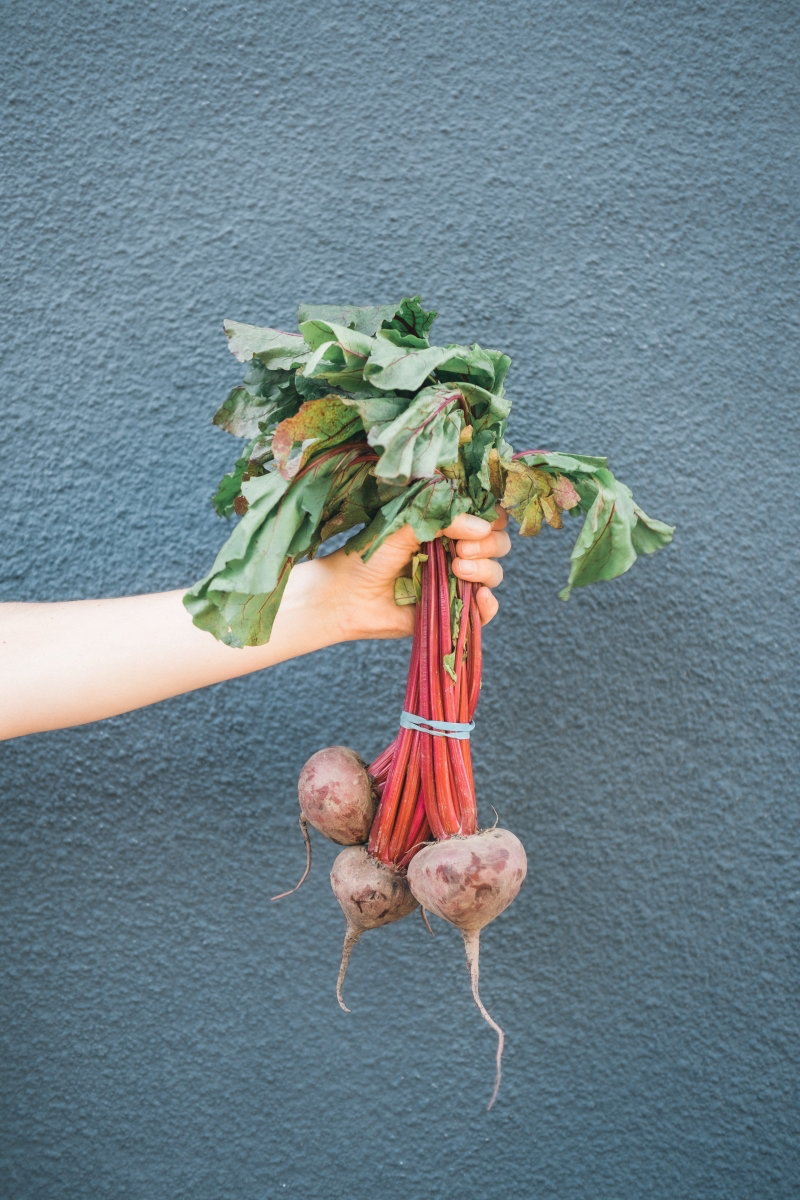
- Protein is the champ. Your body uses a whopping 20-30% of the calories from protein just to process it.
- Carbohydrates are in the middle, at about 5-10%.
- Fats have the lowest effect, using only around 0-3% of their calories for digestion.
This is why a meal loaded with protein and complex carbs can make you feel noticeably warmer than a high-fat one. Your digestive system is literally working harder and cranking up the heat.
Lessons from Traditional Wisdom
Long before we had microscopes to see mitochondria, ancient healing systems had already figured this stuff out. Blending their wisdom with modern science gives us a complete picture that just clicks.
In Traditional Chinese Medicine (TCM), winter is a cold, slow, “Yin” season. To find balance, we need to add “Yang” elements—things that are warm, bright, and active. Warming foods are key for this. Think ginger, garlic, cinnamon, and root vegetables. They also focus on cooking methods. Roasting and stewing are considered warming, while eating raw foods is seen as cooling.
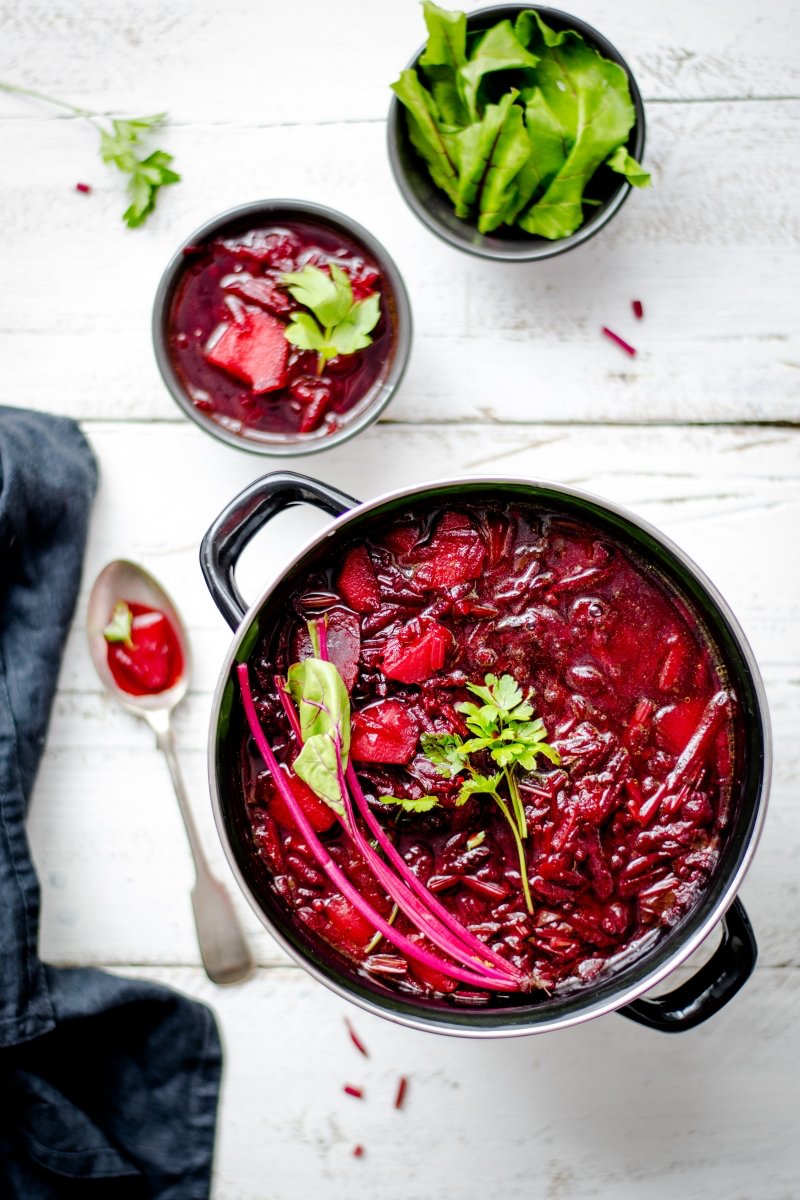
I once worked with someone who was drinking huge green smoothies every morning… in the middle of January. She was eating “healthy” but felt constantly cold and bloated. We simply swapped her icy smoothie for a warm bowl of oatmeal with cinnamon and stewed apples. The difference was night and day. Within a week, she felt warmer from the inside out.
Similarly, Ayurveda, the traditional medicine of India, sees winter as a time to eat grounding, moist, and warming foods to balance the cold, dry energies of the season. They recommend things like well-cooked grains, soups, and healthy fats like ghee. Spices like turmeric, cumin, and black pepper are used to stoke the digestive fire, or agni. Cold, raw foods are avoided because they are believed to put that fire out.
Building Your Warming Winter Plate
Putting this all into practice is easier than you think. It’s about choosing the right ingredients and cooking them in ways that bring out their cozy, nourishing qualities.
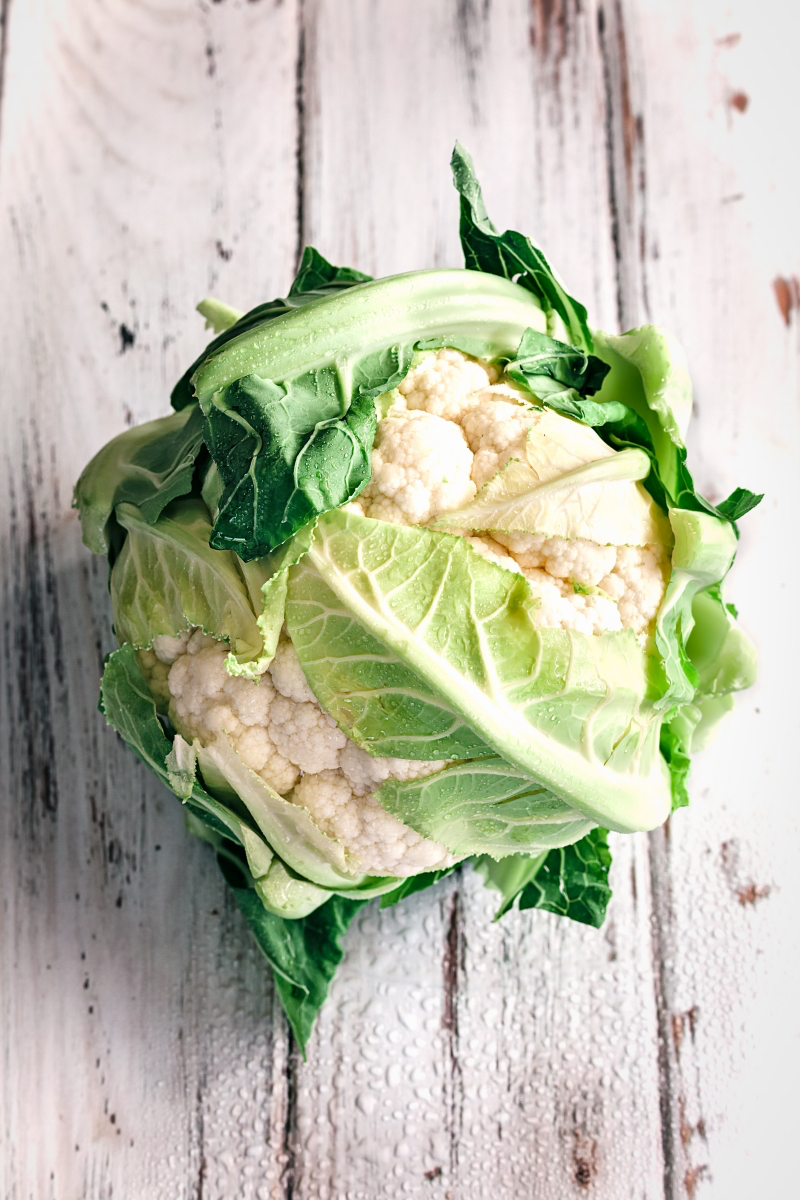
1. Root Vegetables: Your Winter Foundation
We’re talking about beets, carrots, sweet potatoes, parsnips, and turnips. These veggies are dense in complex carbs, which provide the slow-burning fuel your body needs. They’re also full of fiber to keep your gut and immune system happy.
Pro Tip: Roast them! Roasting concentrates their flavor and nutrients beautifully. Just chop them into 1-inch chunks, toss with a high-heat oil (like avocado oil or ghee), and season with salt, pepper, and maybe some rosemary. Spread them in a single layer on a baking sheet—don’t overcrowd the pan, or they’ll steam!—and roast at 400°F (200°C) for 30-40 minutes until they’re tender and caramelized.
Oh, and by the way: Don’t sleep on the freezer aisle! Frozen veggies are picked at peak ripeness and are just as nutritious. A bag of frozen butternut squash cubes is a massive time-saver for a weeknight soup and usually costs just a few dollars.
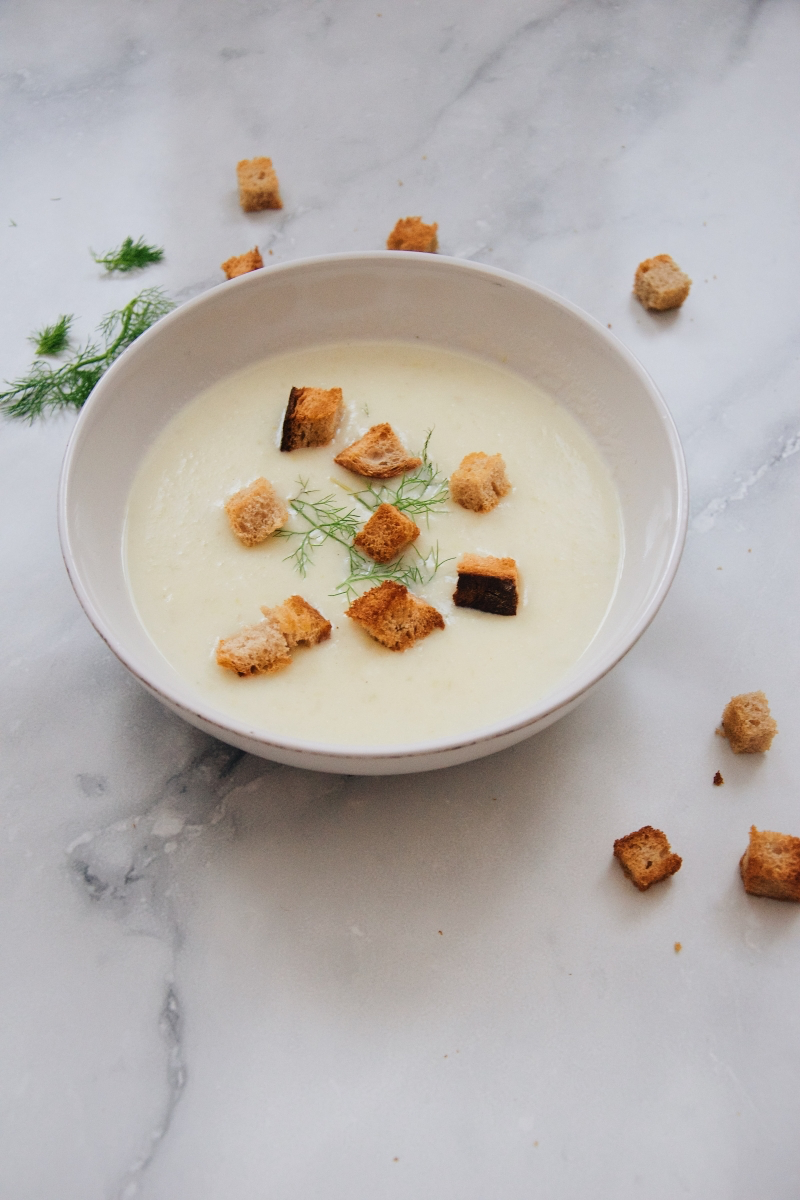
2. Cruciferous Veggies: A Boost for Your Liver
Think cauliflower, broccoli, Brussels sprouts, and cabbage. These are famous for supporting your liver’s natural detox pathways. This is what real “detoxing” is—not a juice cleanse, but giving your body’s own systems the tools they need to do their job.
Lightly steaming or stir-frying is best to preserve their powerful compounds. Roasting Brussels sprouts is also a game-changer; it turns them nutty and sweet. For cauliflower, try making a creamy soup by simmering it with an onion and a potato in some broth, then blending until smooth. The potato makes it creamy without any heavy cream.
Heads up! These veggies contain goitrogens, which can interfere with thyroid function in very high amounts, especially when raw. If you have a thyroid condition, just make sure to cook them. The heat deactivates most of the goitrogenic compounds, making them perfectly safe to enjoy.
3. Warming Spices: The Heart of the Matter
Ginger, turmeric, cinnamon, garlic, black pepper, and cloves are your best friends in winter. Ginger is warming and soothes digestion, while cinnamon helps regulate blood sugar, preventing those energy crashes that make you feel cold.
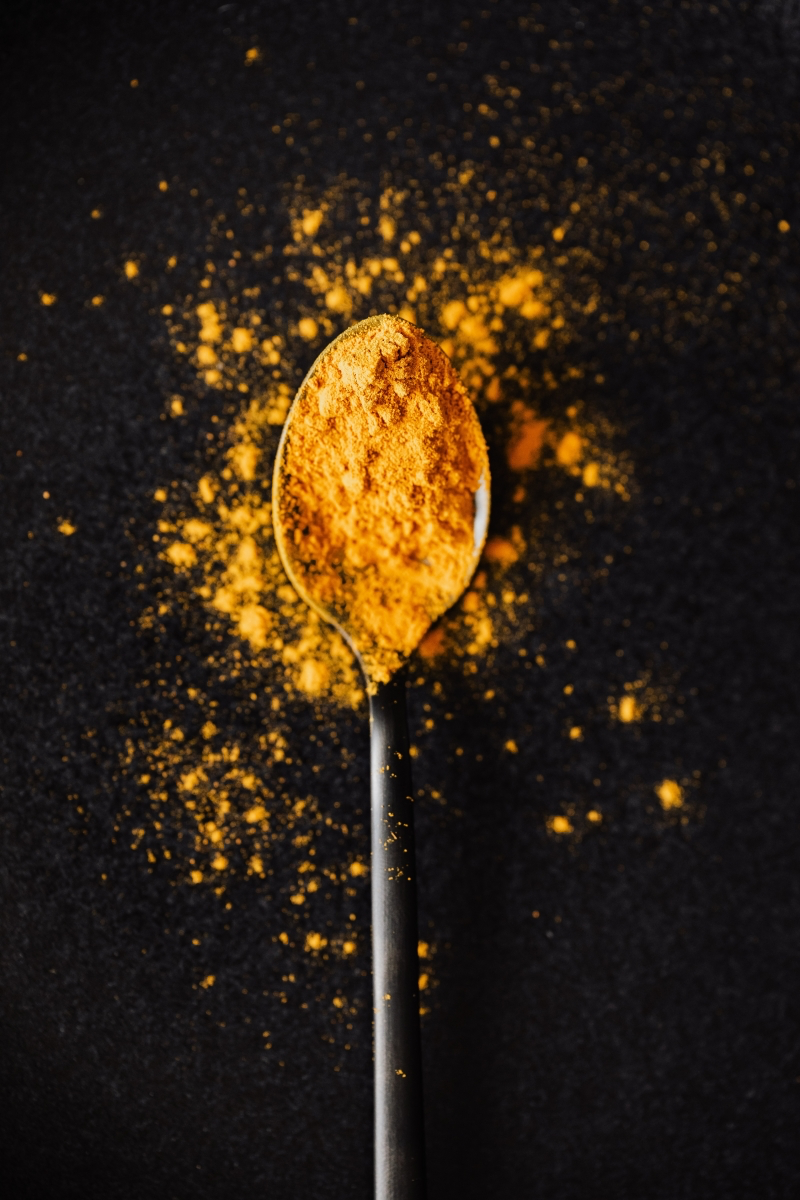
Lesser-known trick: To get the most out of turmeric, you need to activate it. Its main compound, curcumin, is hard for our bodies to absorb. The secret? Always pair it with black pepper (which boosts absorption by up to 2,000%!) and a healthy fat like coconut oil or ghee. I see so many people just sprinkling it on food, and they’re missing out on most of the benefits.
Your New Favorite Nightcap: Golden Milk
- Gently heat 1 cup of milk (any kind works) in a small pot.
- Whisk in 1 tsp of ground turmeric, 1/2 tsp of ground ginger, 1/4 tsp of cinnamon, and a tiny pinch of black pepper.
- Add 1 tsp of coconut oil or ghee and stir until melted and warm.
- Sweeten with a little honey or maple syrup if you like. It’s so soothing!
4. Quality Proteins & Fats: The Building Blocks
Remember, protein has the highest thermic effect, so it’s essential for generating heat. Healthy fats, especially omega-3s, are crucial for brain health and fighting inflammation. Winter blues are real, and omega-3s can offer some serious support.

Good sources include fatty fish like salmon, but also budget-friendly options like lentils, beans, and eggs. For fats, think nuts, seeds, and quality oils.
A note on supplements: Plant-based omega-3s from flax or chia are good, but our bodies aren’t great at converting them into the most usable forms (EPA and DHA). If you’re vegan or vegetarian, I often suggest an algae-based EPA/DHA supplement. You can find them online or in health food stores. It’s a small detail that can make a huge difference in how you feel.
My Favorite Time-Saving & Budget-Friendly Hacks
Eating well in winter doesn’t have to be expensive or time-consuming. Here are some of the most practical tips I share.
The “Cook Once, Eat Twice” Rule: This is my #1 tip for busy people. If you’re roasting a pan of root vegetables, always double the batch! The leftovers can be tossed with some canned chickpeas and a vinaigrette for a hearty lunch the next day, or blended with broth for an instant creamy soup.
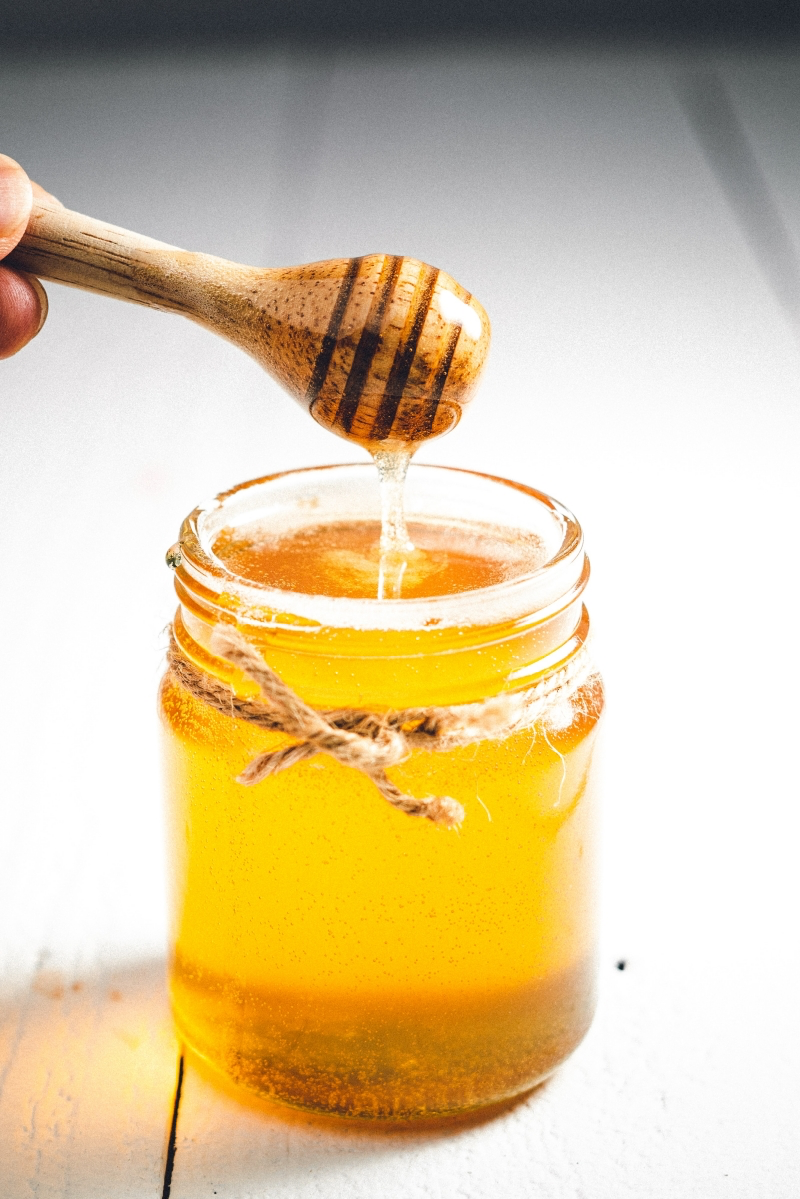
Your Warming Winter Pantry List:
- Roots & Aromatics: Onions, garlic, sweet potatoes, and carrots. All super cheap and last for ages.
- Spices: Ginger (buy it fresh and freeze the whole root—it grates perfectly from frozen!), ground turmeric, cinnamon, and black pepper.
- Budget Proteins: Dried red lentils (they cook in 20 minutes, no soaking needed!), canned chickpeas or black beans, and eggs. Canned salmon is another great, affordable option.
- Healthy Fats: A jar of ghee or coconut oil. You can find ghee in most supermarkets now, often in the international or health food aisle, for around $10-$15. A jar seems pricey, but it lasts forever.
What to Limit (Gently) During Colder Months
This isn’t about rigid rules, but smart swaps. Think of your digestive system as a fire. In winter, that fire can be a bit weaker. Pouring a huge, ice-cold salad on it forces your body to use up precious energy just to warm the food before it can even start digesting.

This doesn’t mean never have a salad! Just maybe have it as a small side to a warm soup instead of making it the main event. Be mindful of iced drinks, excessive sugar (yes, even honey and maple syrup), and too much dairy if you find it makes you feel congested. And while a glass of wine might make your skin feel warm, it’s a trick! Alcohol actually causes your body to lose core heat faster.
Quick Wins: Feel Warmer in 5 Minutes
Need a fast boost? Try one of these:
- Quick Ginger Tea: Steep a few thin slices of fresh ginger in a mug of hot water for 5 minutes. It’s instant internal warmth.
- A Handful of Walnuts: Nuts, particularly walnuts, have warming properties according to traditional systems and provide a great mix of protein and healthy fats.
Finally, don’t forget about hydration and Vitamin D. It’s easy to get dehydrated when it’s cold, so focus on warm liquids like herbal teas and broths. And since most of us don’t get enough sun in the winter, a Vitamin D supplement is pretty much non-negotiable for supporting mood and immunity. The standard advice is 1000-2000 IU daily, but it’s always best to get your levels checked by a doctor for personalized advice.
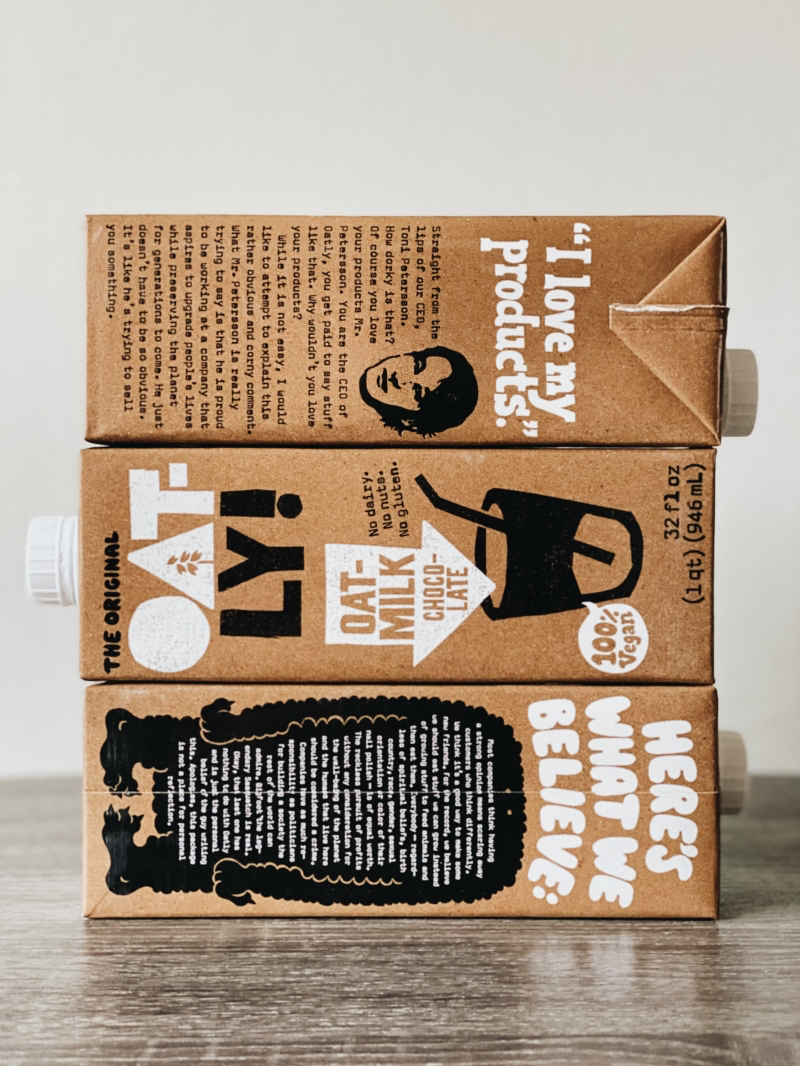
Your challenge for this week: Just swap one cold meal for a warm one. Ditch the lunchtime sandwich for a thermos of soup, or trade the cold cereal for that bowl of cinnamon oatmeal. Pay attention to how you feel. It’s these small, consistent habits that build true winter wellness.
Just a friendly reminder: This guide is for general informational purposes based on professional experience and is not a substitute for personal medical advice. If you have a specific health condition or are pregnant, please chat with your doctor or a registered dietitian before making big changes to your diet.
Inspiration:


Did you know that certain spices do more than just add flavor? They actively encourage your body to produce heat.
This is the power of thermogenic spices. Ginger, for instance, is a vasodilator, meaning it improves blood circulation to warm your extremities. Cayenne pepper contains capsaicin, a compound famous for its metabolism-boosting and heat-generating effects. Even a simple dash of cinnamon in your morning oats can help regulate blood sugar, preventing the energy crashes that make you feel cold and sluggish.

Is my comforting hot chocolate actually making me colder in the long run?
It might be. While the initial warmth is undeniable, a drink high in refined sugar and heavy dairy can lead to an energy spike followed by a crash. This dip in blood sugar can leave you feeling more lethargic and chilly than before. For a more sustained warming effect, opt for herbal infusions like ginger-lemon tea, a rooibos chai, or a chicory-based coffee alternative which supports your system without the subsequent slump.
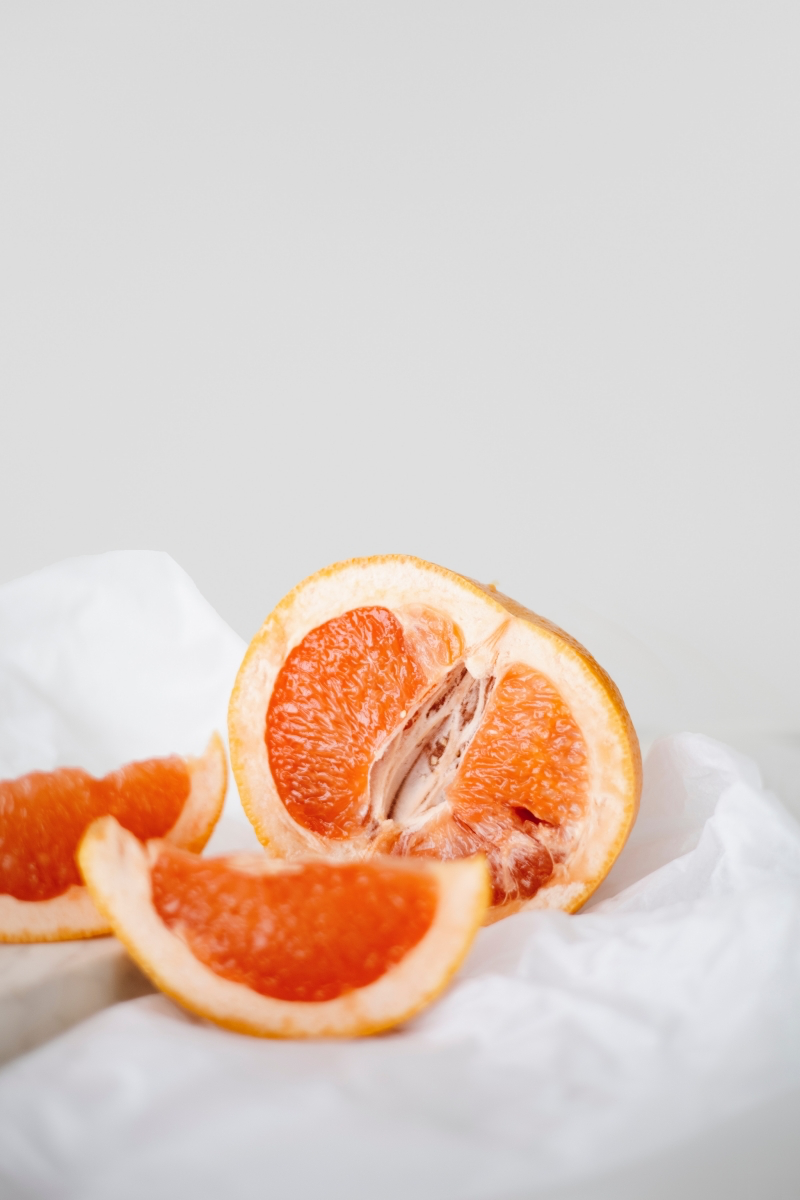
Beyond the Plate: Don’t underestimate the power of hydration for staying warm. When you’re dehydrated, your blood volume decreases, which can impair circulation and make it harder for your body to keep its extremities warm. Sipping on warm water or herbal teas throughout the day is a simple but highly effective strategy to support your internal furnace.

Creating a warming pantry is easier than you think. Start by stocking up on these winter powerhouses:
- Root Vegetables: Carrots, sweet potatoes, and beets are complex carbohydrates that require more energy to digest, generating heat.
- Whole Grains: Oats, quinoa, and brown rice provide slow-release energy, keeping you fueled and warm for hours.
- Healthy Fats: A handful of walnuts or a drizzle of extra virgin olive oil can help insulate your body and support cellular health.

- Fights winter inflammation.
- Soothes the digestive system.
- Provides a deep, lasting warmth that radiates from within.
The secret? A daily cup of “Golden Milk.” Create a concentrate by gently heating a high-quality, high-curcumin turmeric (like the one from Burlap & Barrel) with a pinch of black pepper, grated ginger, and a spoonful of coconut oil. Store this paste in the fridge and simply whisk a teaspoon into a mug of hot plant-based milk whenever you need a boost.
Soup Showdown: The Broth vs. The Bisque.
Creamy Bisque: Rich and comforting, but often loaded with heavy cream that can be hard to digest, leaving you feeling sluggish. The warming effect can be short-lived as your body diverts energy to tackle the heavy fats.
Clear Broth-Based Soup: Think Vietnamese Pho or a simple chicken and vegetable soup infused with ginger. It’s hydrating, easy to digest, and delivers warming spices and nutrients directly to your system for a clean, energizing heat.
For true, lasting warmth, the lighter broth is your winter ally.










